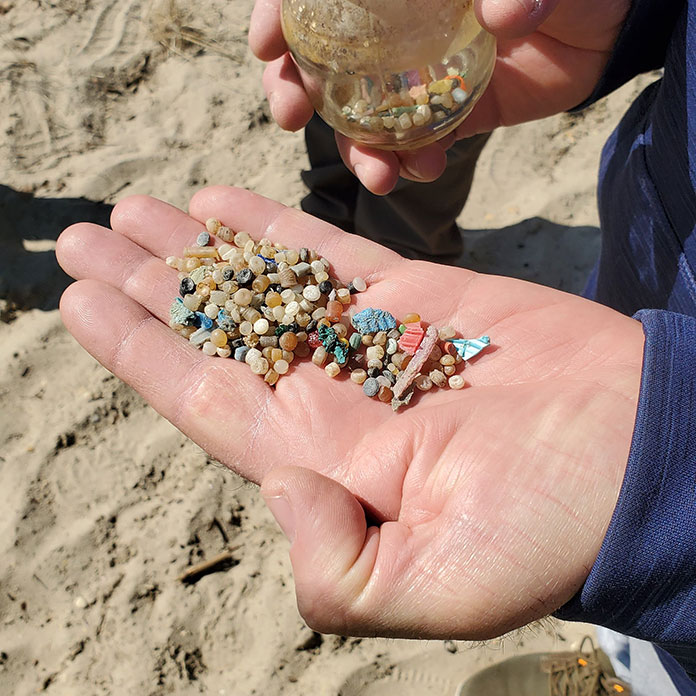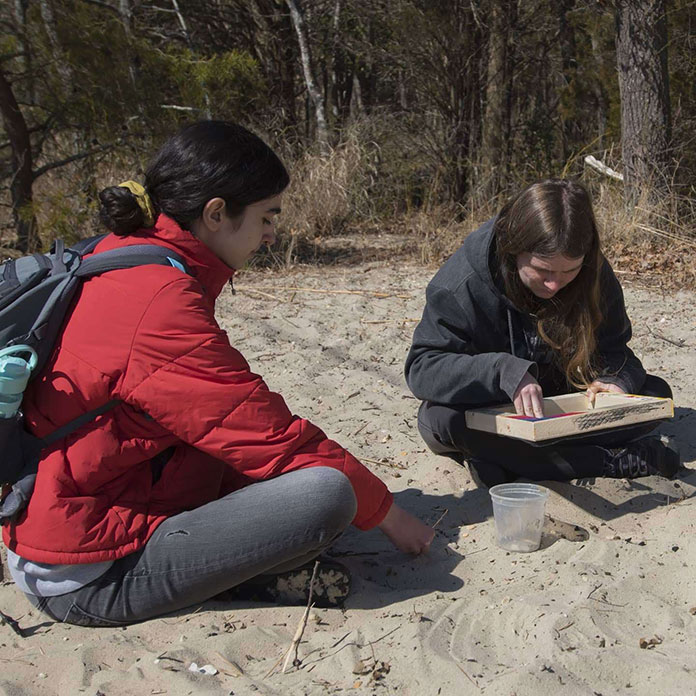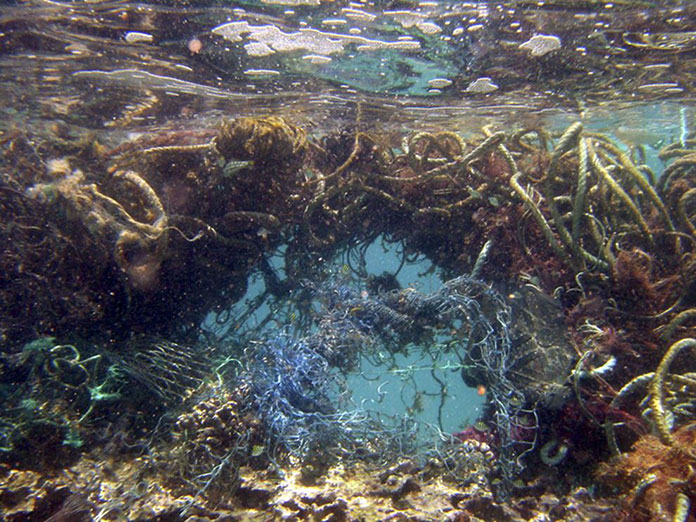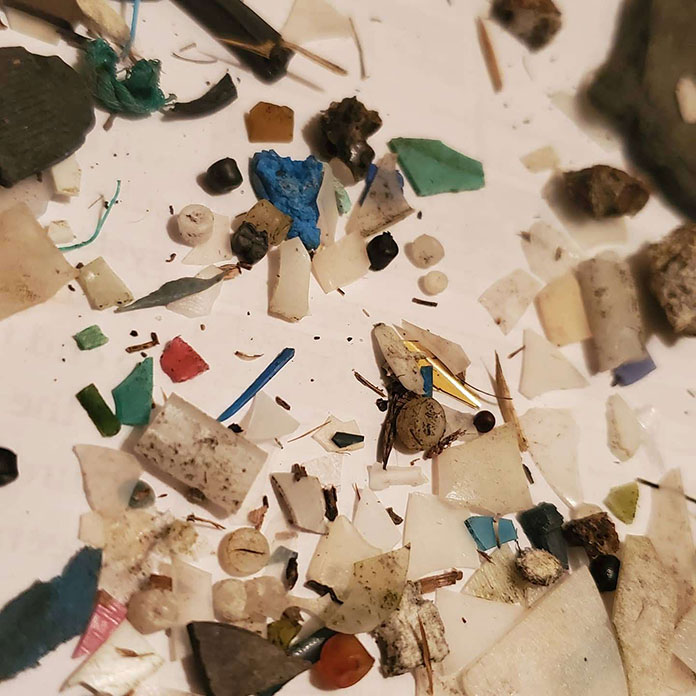
JERSEY SHORE – It is estimated that humans ingest about 5 grams – or about the size of a credit card – of plastic each week from microplastics that have contaminated food, drinking water and even the air. The potential effects on human health are unknown.
What is known, however, is the effect plastic has on animals, who mistake different forms of plastic for food, which is toxic and cannot be digested.
Plastic is a by-product of oil, and companies like Shell, Exxon and BP are responsible for the mass production of this material. As the planet steers away from fossil fuels and transitions to renewable energy, the oil industries are looking at plastic production as their new ticket to growth.
In the last 10 years, these companies have invested some $89 billion into chemical plants that produce plastic, and growth has been exponential. Plastic continues to be mass produced, despite the negative impact it has on the planet, because it’s cheap, durable, and versatile.

Worldwide, factories produce some 400 million tons of plastic a year.
These are some of the facts that were part of a Save Barnegat Bay presentation, who hosted two other non-profit groups, Save Coastal Wildlife, and The Plastic Wave Project.
The groups are asking citizens to help in a pilot study by collecting data on Barnegat Bay by cleaning up microplastics, which are pieces of plastic debris in the environment that are 5mm or less.
All plastic starts off as small pebbles called nurdles, which are shipped all around the world to manufacturing companies where the beads are melted, colored and shaped into plastic goods, explained Erika Bernal of The Plastic Wave Project.

Plastic, which is made out of nonrenewable resources is everywhere – in homes, offices, schools, in the soil, and ultimately, in the ocean, Bernal said.
Nurdles are a huge problem because animals mistake them for food. Nurdles can cause digestive blockages in animals, starvation, and even death for a lot of organisms.
Microplastics enter the food chain when microscopic organisms, called zooplankton, are eaten by fish. When animals eat animals that have ingested plastic, they consume that plastic, too. An ever-expanding roster of wildlife eats microplastics.
In the marine environment, nurdles can act as a sponge and absorb organic pollutants that are in the water, and they can leach out chemicals that are in the plastics themselves, so fish also absorb the pollutants, she said.
Nurdles are one of the biggest contributors to plastic pollution in the environment.
Microplastics can be categorized into two main groups: primary microplastics are nurdles that are engineered by companies for a specific purpose such as glitter, sequins and other types of plastic used in the crafting world. Fibers that shed from tires are also primary microplastics, as is foam used to stuff pillows.

Secondary microplastics come from the breakdown of larger plastic items, such as fragments from plastic toys, plastic bottles, bags, and fibers from synthetic clothes, Bernal said.
Single use items like water bottles, trash liners, food wrappers, balloons, toothbrushes, plastic cutlery, and much more are designed to be thrown out and discarded quickly, and if this waste isn’t properly disposed of or managed, it can easily become pollution, she said.
Save Coastal Wildlife president and director Joe Reynolds said that the average American is responsible for over 280 pounds of plastic waste a year. Each European person is responsible for some 120 pounds a year, and India generated the next largest amount of plastic waste per capita, about 44 pounds a year.
Most people have heard of the Great Pacific Garbage Patch in the north Pacific Ocean, which is a huge collection of floating trash and plastic – there are actually two of them in the Pacific Ocean, he said, and most of that plastic is microplastic.
The Atlantic Ocean also has a Great Plastic Garbage Patch, located around the Sargasso Sea, which is the habitat for a wide variety of marine species and is a migration area for commercial fish and birds, Reynolds said.
Nadia Serghis of The Plastic Wave Project said that the non-profit groups are interested in learning where microplastics congregate along the Jersey Shore. The group also wants to bring awareness and educate the public about microplastics, she said.
“Only nine percent of plastic is actually recycled, and recycling plastic has a limit, so once plastic is made it can never really go away,” she said.

She said it’s more about “turning off the tap” to produce less plastic.
Education and Outreach Coordinator for Save Barnegat Bay Graceanne Taylor said while environmental groups “demonize plastic because it’s such a problem,” she noted that plastic is an important resource.
“We need plastic,” she said. “It is something that has moved our medical industry forward, technology has moved forward…we need to be cognizant of eliminating the single-use plastics and the plastics that are able to be replaced with a better alternative, because we need that resource for more important things.”
Eliminating all plastic is not realistic or practical, Taylor added.
How To Help
To volunteer to help conduct microplastic research along the Jersey Shore, visit plasticwaveproject.com or savecoastalwildlife.org for more information.
The collected data will be used to bring attention to where the microplastic “hot spots” are, where the debris is coming from, and could eventually lead to public policy changes.







